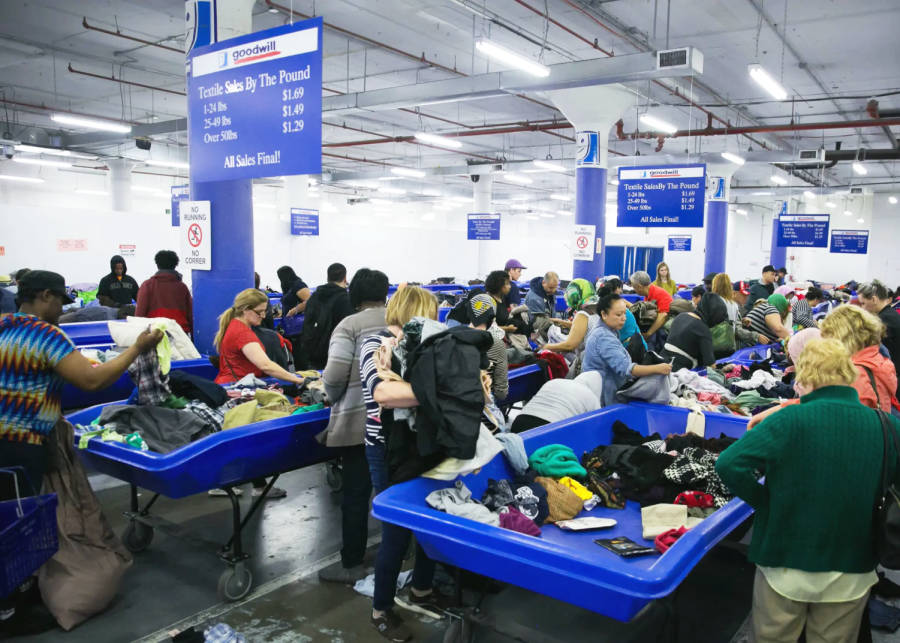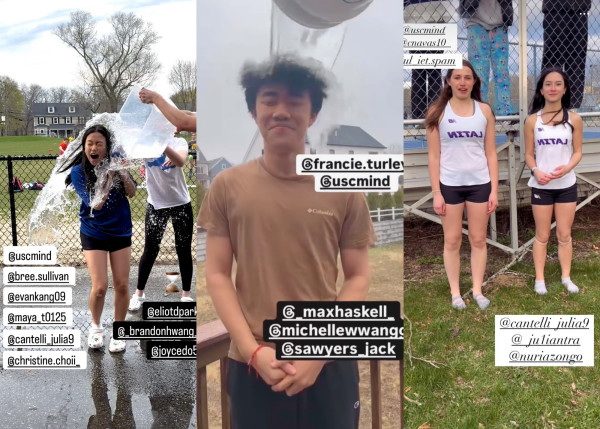Good-will Good Clothes
Oh, spring — the time of year to trade in fleece-lined sweatshirts for loose T-shirts and shorts. As seasonal sales embellished with sensational buzzwords make their way onto Instagram feeds, everyone is looking for the newest summertime fashion trends.
With the influx of these fashion advertisements, however, it is even more crucial for us to reconsider how we can be responsible consumers — especially in a fast fashion market where one’s stunning outfits come with ugly backstories of environmental waste and labor exploitation.
It seems too good to be true. Why are the prices so unbelievably cheap? A quick browse through SHEIN, a popular women’s online shopping site, will yield an endless array of dresses, beachwear and jewelry, all at unreasonably low prices. But anything too good is never a good sign. The rock-bottom prices come at the expense of outsourced laborers — many of whom are underage children in developing countries compensated with unlivable wages.
It also takes a large carbon footprint to mass-produce clothes, and with them constantly being marketed at low prices, customers might as well buy in bulk. Of the materials used in fast fashion, cheap textile dyes are toxic and major contributors to the pollution of waterways, and the inexpensive fabrics have only exhausted more fossil fuels from the planet.
In addition, Earth Day finds that “the average person today buys 60 percent more items of clothing than they did 15 years ago, but keep them for only half as long.” An exponential rise in consumerism has only continually supported this devious business as more and more clothes accumulate dust in wardrobes.
In response to the increased awareness surrounding the harms of fast fashion, many brands have thus been releasing new “eco-conscious” lines. Although they are well-intentioned, their products are not always accessible to the wider public because humane work environments, wages and higher-quality materials come at a larger cost. This leads many to believe that the slow fashion movement is elitist because it is only applicable to consumers who can afford a higher price range.
Contrary to popular belief, however, shopping sustainably does not have to be financially out of reach for young people, especially students. Being part of the slow fashion movement and curbing this inequality starts with being informed. It is always important to do research on clothing brands, such as checking their mission statements to see if and how they commit to promoting sustainability.
For example, some popular brands like H&M are starting to adopt more eco-friendly practices, but many of their mission goals are still set for the distant future. Even though a commitment to transparency shows better signs of progress than others, promises are not enough; there needs to be clear-cut evidence that change is occurring. Consumers should be wary of vague or indefinite promises to meet goals far into the future rather than addressing what is currently being done to tackle issues like labor exploitation and environmental preservation.
For younger consumers, slow fashion most closely aligns with thrifting or shopping second-hand. Although popular alternatives to fast fashion allow students to reduce their carbon footprint without sacrificing their style, they can also pose a problem of excess.
Thrifting is no exception when it comes to social media-induced overconsumption. Bella Guthrie (II) voices, “It’s the same with everything, just don’t get more than you need. If you’re really wealthy and you buy a lot of clothes, then I think you can afford to buy from sustainable companies that aren’t thrift shops.”
Although thrifting is a much more sustainable way to shop, it should still be practiced in moderation, since many local communities depend on the cheaper prices of thrift stores for their necessities. Popular second-hand apps including Depop and Poshmark have already become inaccessible due to skyrocketing prices driven by popular demand and marketing tactics.
A recent TikTok trend called “de-influencing” surfaced over the last couple of months that addresses this tendency of “buying more.” Influencers share their opinions on products that do not live up to their reputation or are simply a waste of money. Such trends are extremely informative, as they teach young consumers to be more critical of what they buy and to consider whether a product is truly necessary before buying it.
Ultimately, shopping sustainably means limiting how much you consume, regardless of price or brand. A higher price range does not always guarantee better quality or a smaller carbon footprint. That means students can absolutely take part in promoting sustainability, benefiting their wardrobes and the environment without incurring any cost to themselves.







